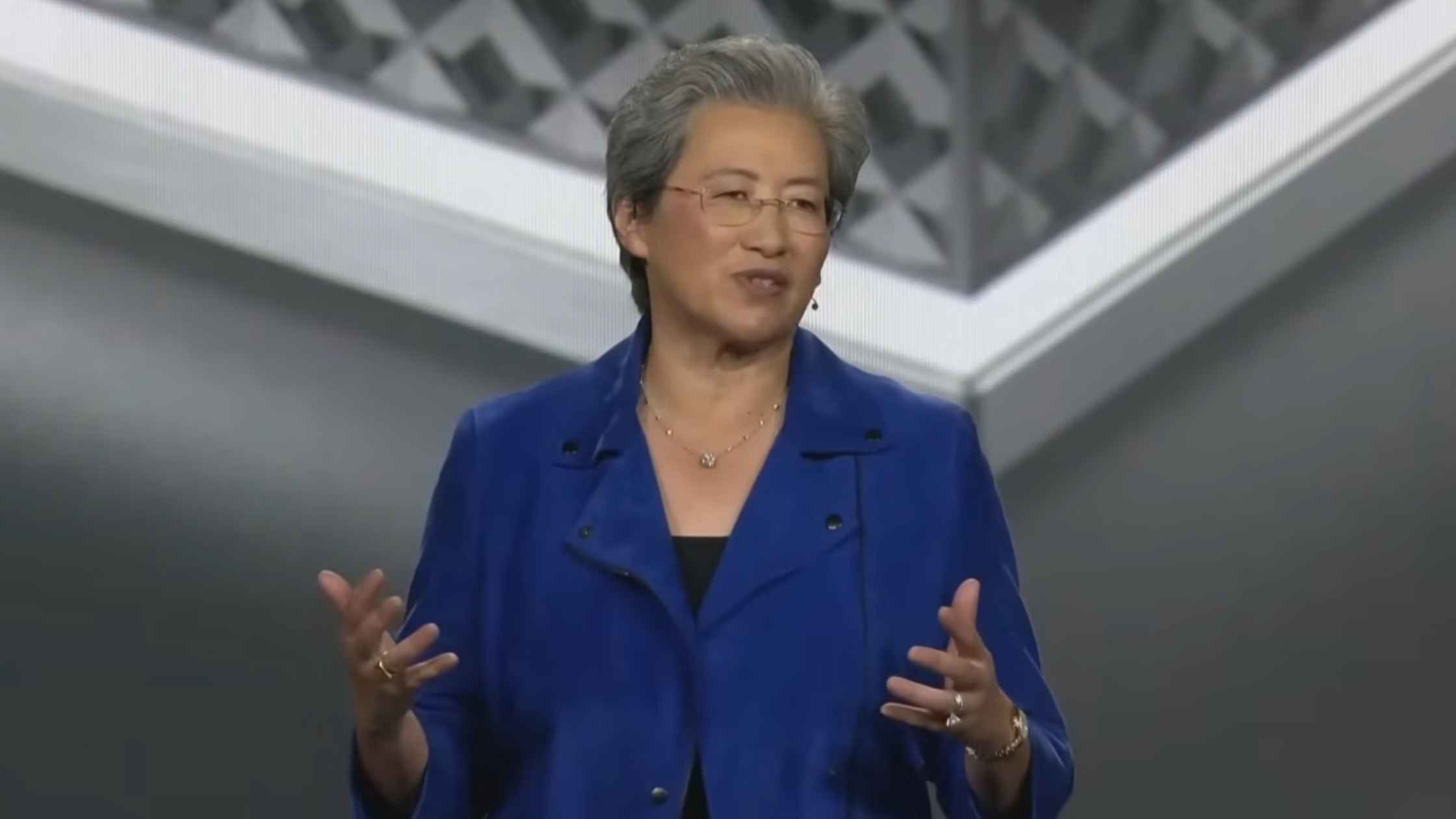Featured Posts
Most Recent

Evidence Review: Witness Preparation With Rev AI (Part 3)
Learn how Rev’s AI and searchable transcripts transform how you develop cross-examination strategies and prepare for testimony.

Evidence Review: Discovery Analysis (Part 2)
Learn how Rev Insights revolutionizes legal discovery by analyzing transcripts across multiple sources to uncover contradictions and discrepancies instantly.

Confidential Transcription: Protect the Record With Rev
Learn how to choose confidential transcription services that protect legal, medical, and corporate recordings. See how Rev keeps your sensitive data secure.

Evidence Review: Intake and Initial Review (Part 1)
Discover how Rev streamlines the intake and initial review phase of legal evidence by capturing audio, video, text, and live recordings in one secure workspace.
.webp)
11+ Legal Tech Conferences to Attend in 2026
Legal tech conferences can introduce your firm to new, cutting-edge technology that will help you deliver better results at a faster pace. Let’s look at some important upcoming law events.
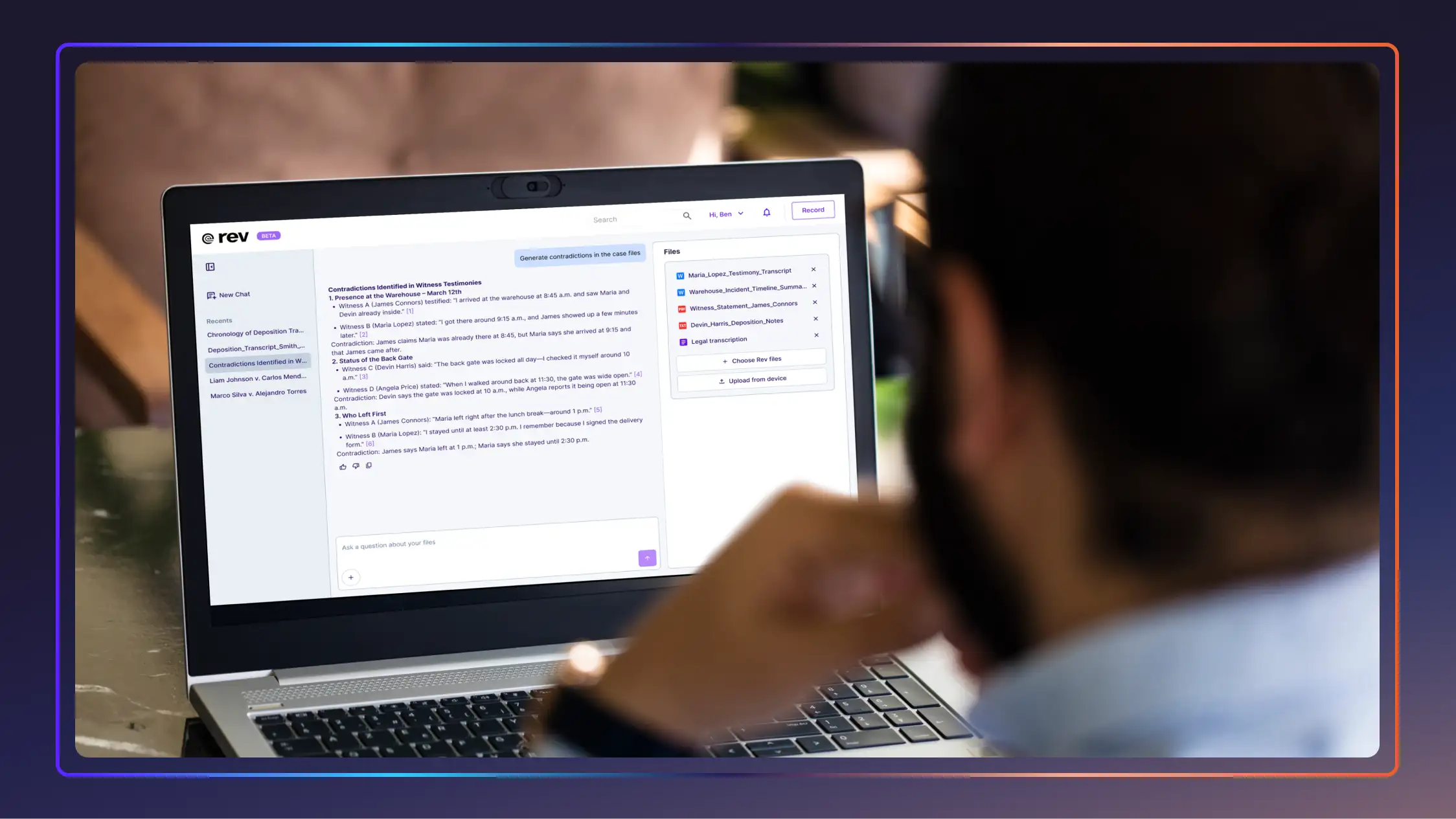
2026 Legal Technology Trends That’ll Define The Next Decade
New legal technology will fundamentally change how legal work gets done and what it takes to stay competitive in the next decade. See the top trends for 2026+ here.

100+ Legal Terms + How A Transcript Glossary Improves Accuracy
Explore 100 essential legal terms and learn how Rev’s custom glossaries improve transcript accuracy, consistency, and efficiency for legal teams.

Why Legal AI Needs Better AI Architecture, Not Generative Guesswork
Click to learn how closed-loop AI architecture can significantly reduce hallucination risk vs. generative AI guesswork in high-stakes legal work.
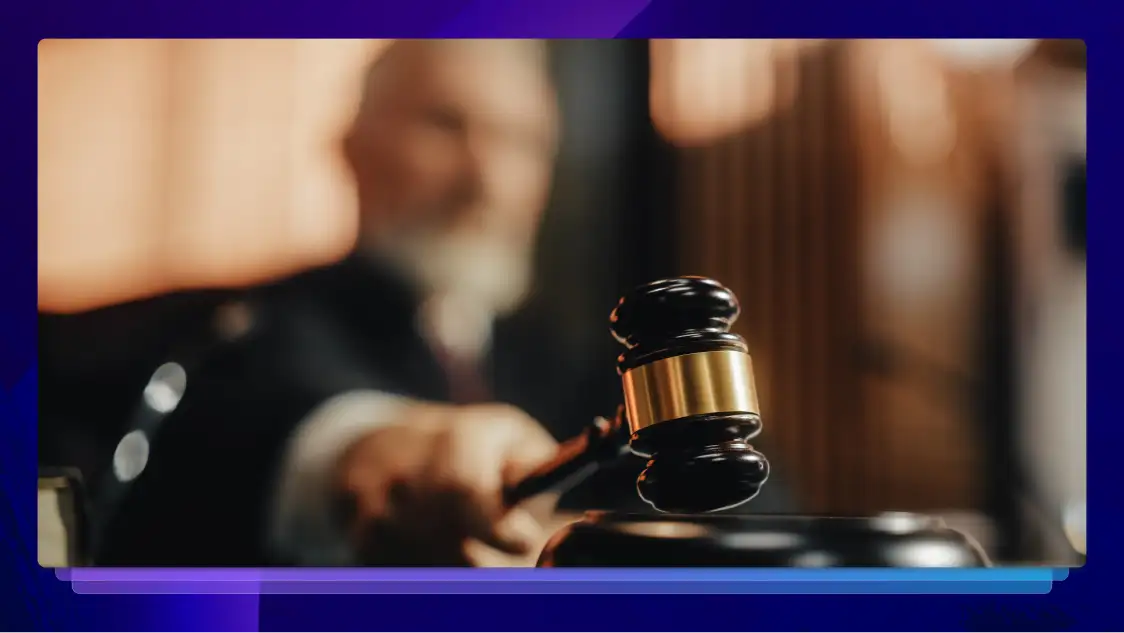
42 Criminal Justice Statistics for the United States
The American criminal justice system is vast and ever-changing, with technology and reforms being introduced every day. Let’s look at some key criminal justice data.

58+ Chatbot Statistics That Demonstrate The Future of AI
The popularity of AI chatbots for businesses and beyond doesn’t seem to be slowing down. Let’s look at some statistics that cover the popularity, use cases, and future of AI chatbots.

60% of Americans Get Their Legal Knowledge From Media Consumption
A new survey reveals what Americans think lawyers do, spotlighting the growing need for solutions that close the gap between legal reality and public perception.

4 in 5 Legal Professionals Are Burned Out: Can AI Be the Lifeline?
New report: 4 in 5 lawyers experience burnout. Learn how overwhelming workloads lead to stress and how AI is helping legal professionals find balance.
How to Record Audio on an iPhone in Three Different Ways
Master iPhone audio recording with our complete guide. Learn to use Voice Memos, Rev's recorder app, and online tools—plus how to get your audio transcribed.
Transcript to Trial: Leveraging Deposition Technology
Discover how firms are saving 12 hours per week and per attorney by switching to deposition technology with this whitepaper from Rev. Click to download.
Building a Speech Recognition System vs. Buying or Using an API
Pros and cons of building your own speech recognition engine or system vs using a pre built service or API that converts speech to text
Guide to Speech Recognition in Python with Speech-To-Text API
Learn how to add speech recognition to applications, software, and more using Python and our Speech to text API

U.K. Foreign Secretary Makes Statement on Venezuela
U.K. Foreign Secretary Yvette Cooper makes a statement on Venezuela following the surprise U.S. military capture of President Nicolas Maduro. Read the transcript here.

NVIDIA at CES 2026
NVIDIA founder and CEO Jensen Huang speaks at the Consumer Electronics Show in Las Vegas. Read the transcript here.
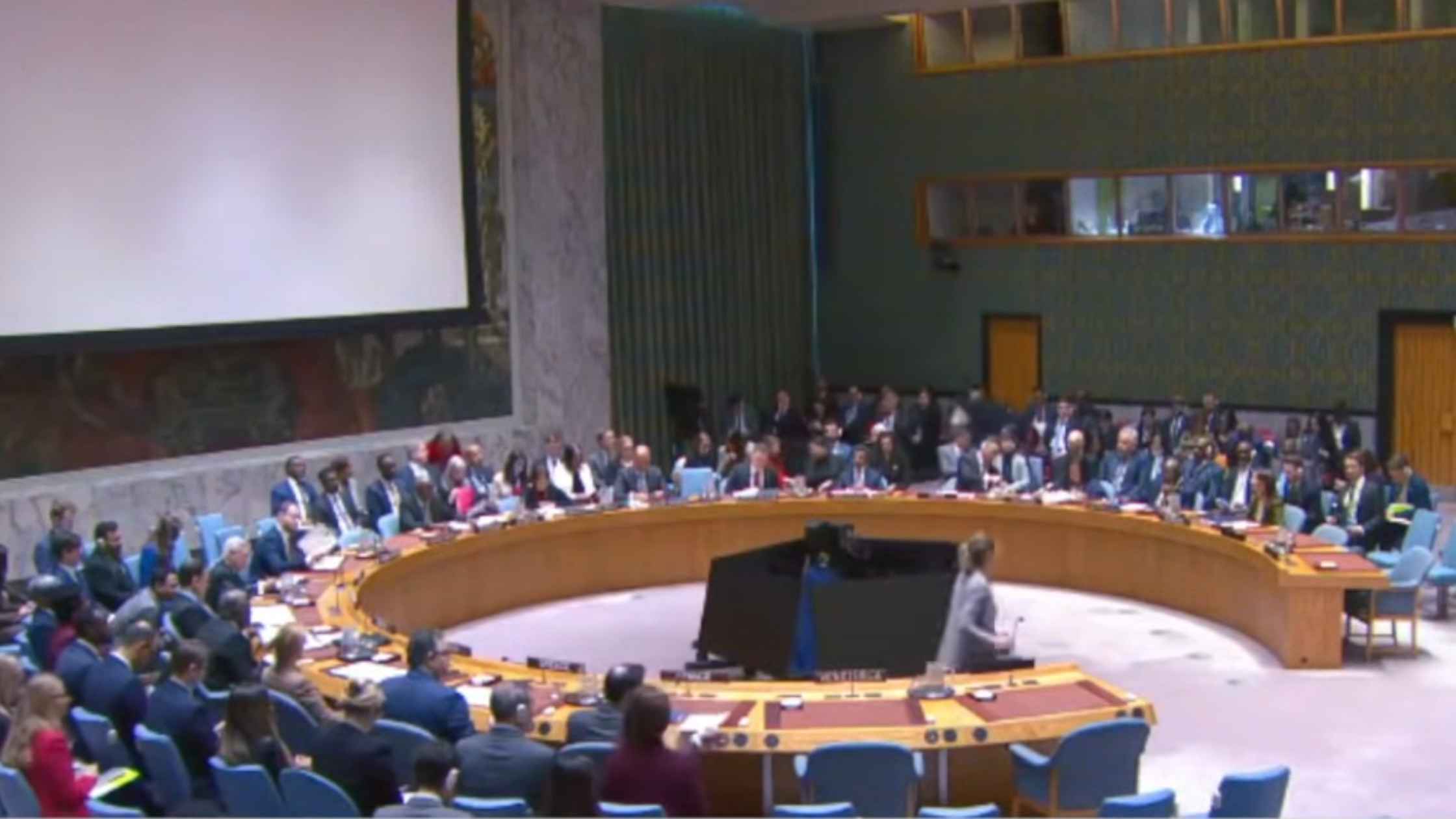
U.N. Holds Meeting on Venezuela
The United Nations Security Council meets after the U.S. Capture Of Nicolas Maduro in Venezuela. Read the transcript here.

Air Force One Press Gaggle 1/04/26
Donald Trump and Lindsey Graham speak to the press about Venezuela aboard Air Force One on 1/04/26. Read the transcript here.
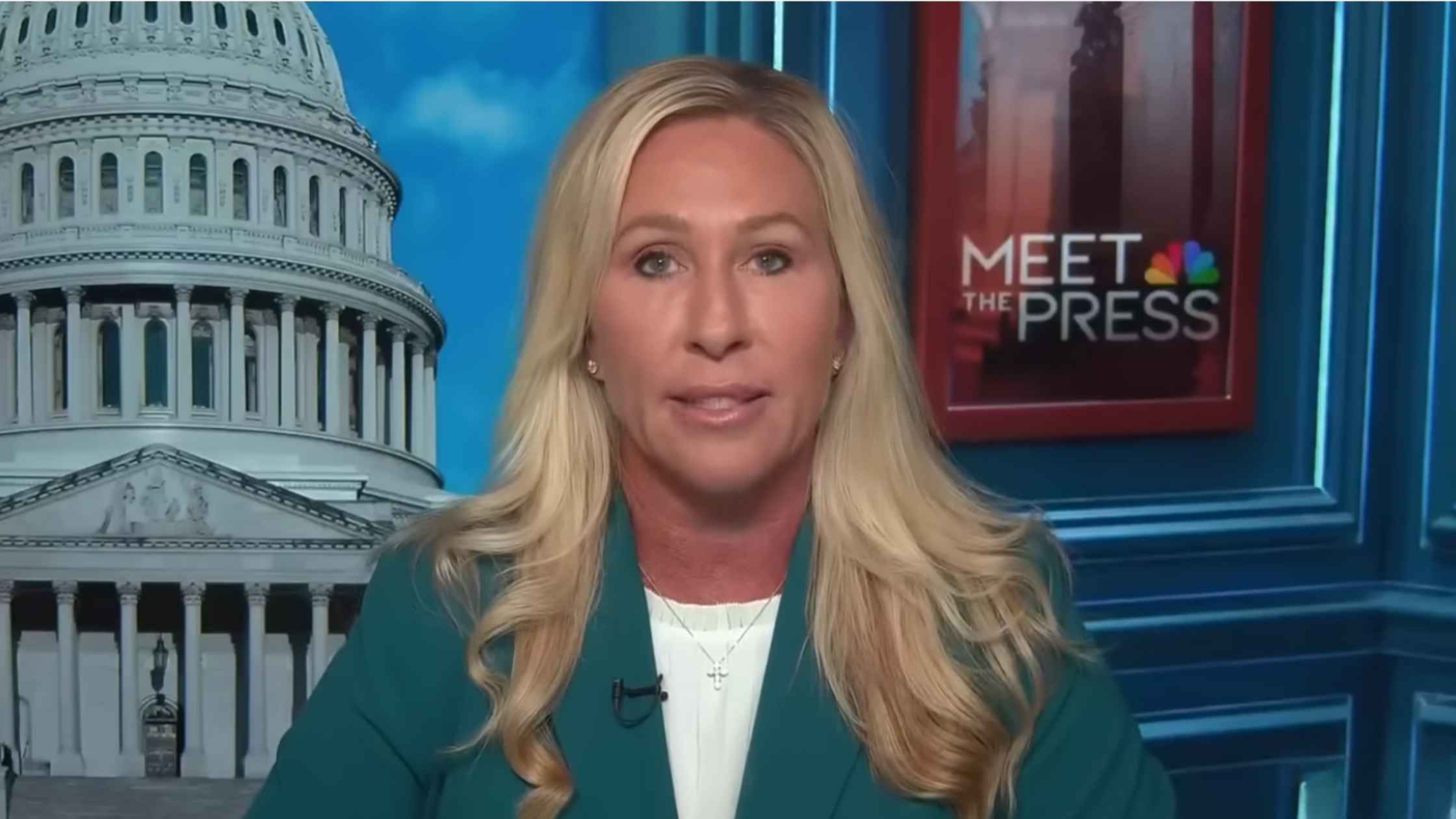
MTG Addresses Venezuela on Meet The Press
Marjorie Taylor Greene discusses why she thinks the capture of the Venezuelan President doesn’t fulfill the America First promises. Read the transcript here.
Subscribe to The Rev Blog
Sign up to get Rev content delivered straight to your inbox.










